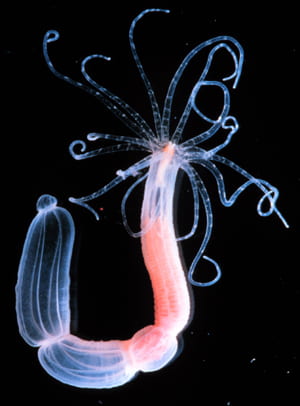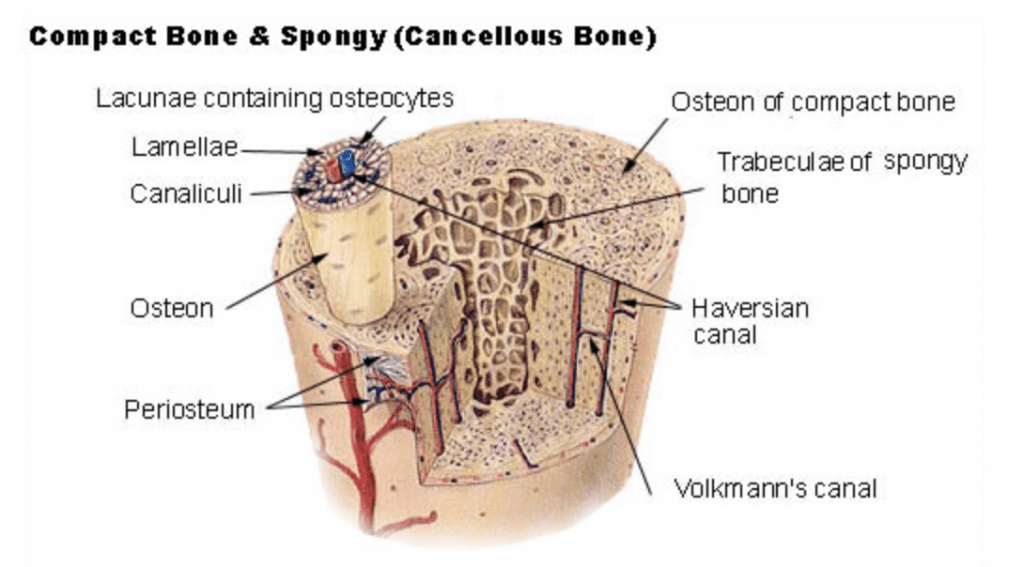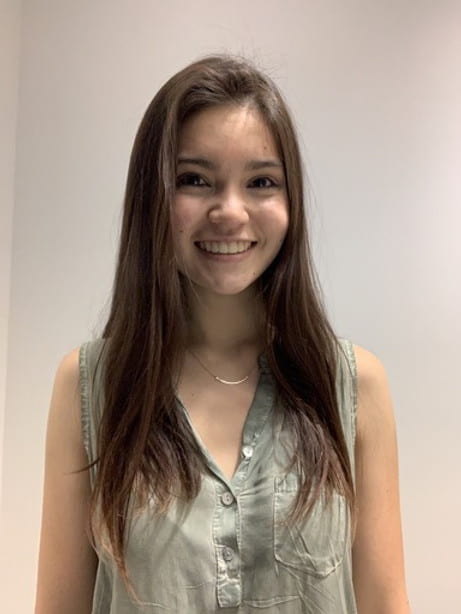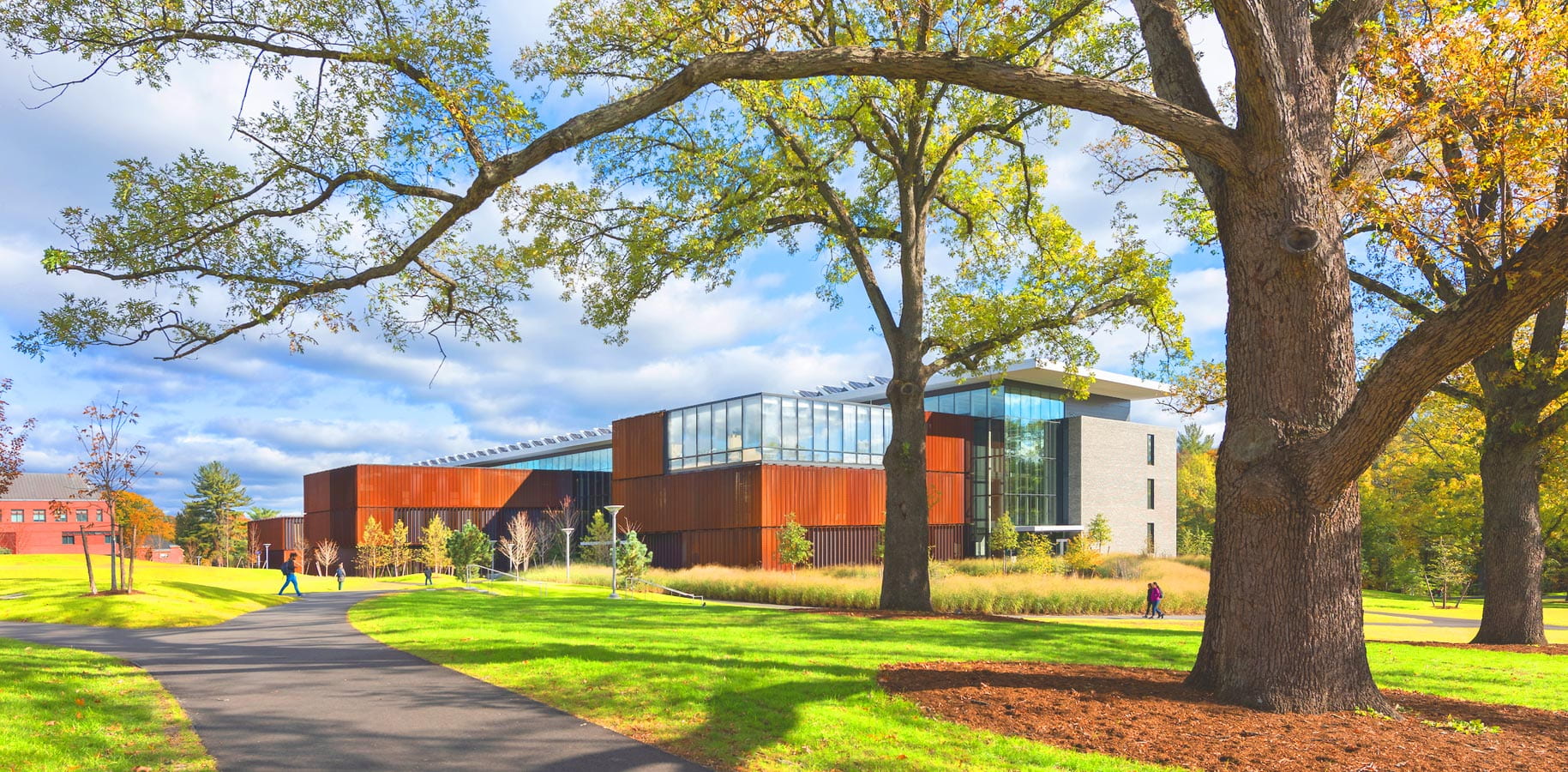How can we use science to fight injustice? What actually is a stereotype or prejudice? How do they work, and what can be done to push back against them? Ever wondered what social psychology cares about changing? If you’re curious, check out this quick overview of what it means to study stereotypes and prejudice in…
Working with the Wu Orr Lab

Hello! My name is Carl Soderstrom, and I am a rising sophomore majoring in Biochemistry and French. This summer, I will be on campus working as a Greg Call intern for Professor Wu Orr. Our lab is interested in how bacteria utilize small proteins of about 50 amino acids or shorter to respond to stressors…
Separating Black Holes from the Noise

Hi, everyone! I’m Cailin Plunkett, a rising junior majoring in physics and mathematics. This summer, I’m researching gravitational waves through the Caltech LIGO SURF program. Electromagnetic (EM) radiation—like infrared, visible light, UV, etc—is the type of data we are used to receiving from space. The first telescopes looked at stars and planets in the visible…
Cultivating a Community

My name is Shikha Jha, and I’m a rising senior majoring in Psychology alongside a certificate in Culture, Health, and Science. This summer, I’m a Public Health Scholar with the UCLA Fielding School of Public Health and I’m excited to be talking about my experiences with the Amherst STEM Network! Members of the cohort spend…
Fighting a fungal pathogen by inspecting the genome

My name is Skyler Sung, a rising third-year Neuroscience major. I look forward to sharing my reflections as a part of the National Institutes of Health Summer Internship Program (NIH SIP). Through this program, students select a lab from one of the many Institutes and Centers (ICs) to work in and are able to participate…
The very hungry amoeba: Studying kinases involved in macropinocytosis

Hello everyone! My name is Grace Lee, and I am a rising sophomore majoring in Biology. This summer, I am conducting cell research through SURF at Amherst in the Edwards Lab. Using the model organism Dictyostelium discoideum, the Edwards Lab studies cell migration. Though the overall goal of the lab is to understand how cells…
“Heading” towards a new understanding of animal evolution

Hello! My name is Phillip Zhou, and I’m a rising sophomore at Amherst College majoring in biology and mathematics. I love learning about developmental biology, applied mathematics, and evolution. Two weeks ago, I started work with the Gibson Lab at the Stowers Institute for Medical Research, where I will be using the starlet sea anemone…
Spill the T: Psychology Research Into Anti-Trans Attitudes

My name is Sarah Lapean, and I am a rising junior English and psychology major. I am spending part of my summer working remotely with Professor Rebecca Totton of the psychology department as a research assistant. Professor Totton has several ongoing studies within her research into anti-trans attitudes. This is my first research experience outside…
Brilliant Bones

Our lab is especially interested in the spongy region, also known as trabecular bone. Hi! My name is Amritha, and I’m a rising senior majoring in Biochemistry/Biophysics and Biomedical Engineering through the Dual Degree Program. This summer, I am working in the Bone Bioengineering Lab (BBL) at Columbia University through the Amgen Program, under Dr….
Biologically Blue: Lauren Simpson Thesis Spotlight

Tell us a little bit about yourself. What inspired you to write a senior thesis?I am a Senior Psychology major from New York. I had never taken a Psychology class before coming to Amherst. I took an Intro class and I loved it and I was particularly interested in abnormal psychology and that led to…
